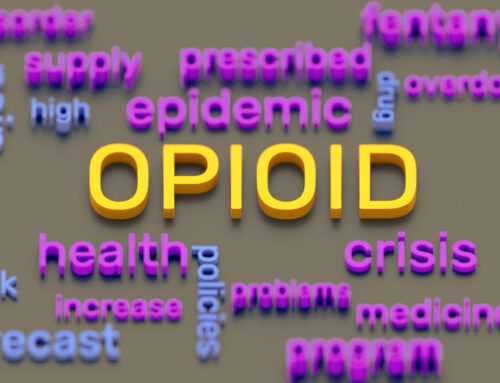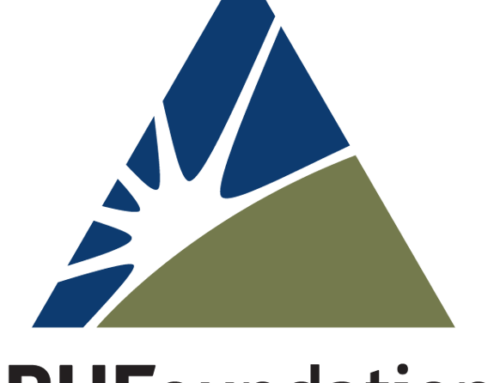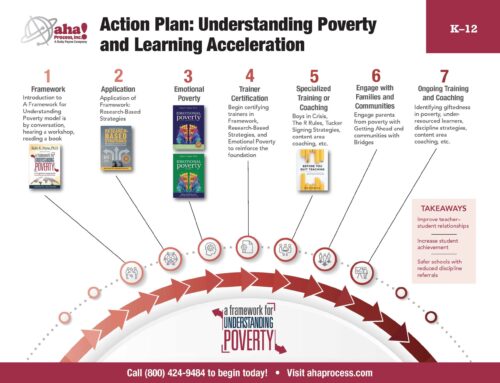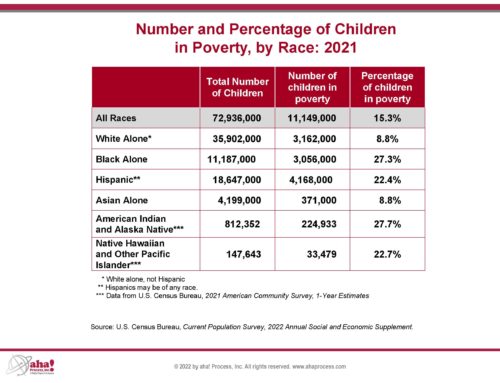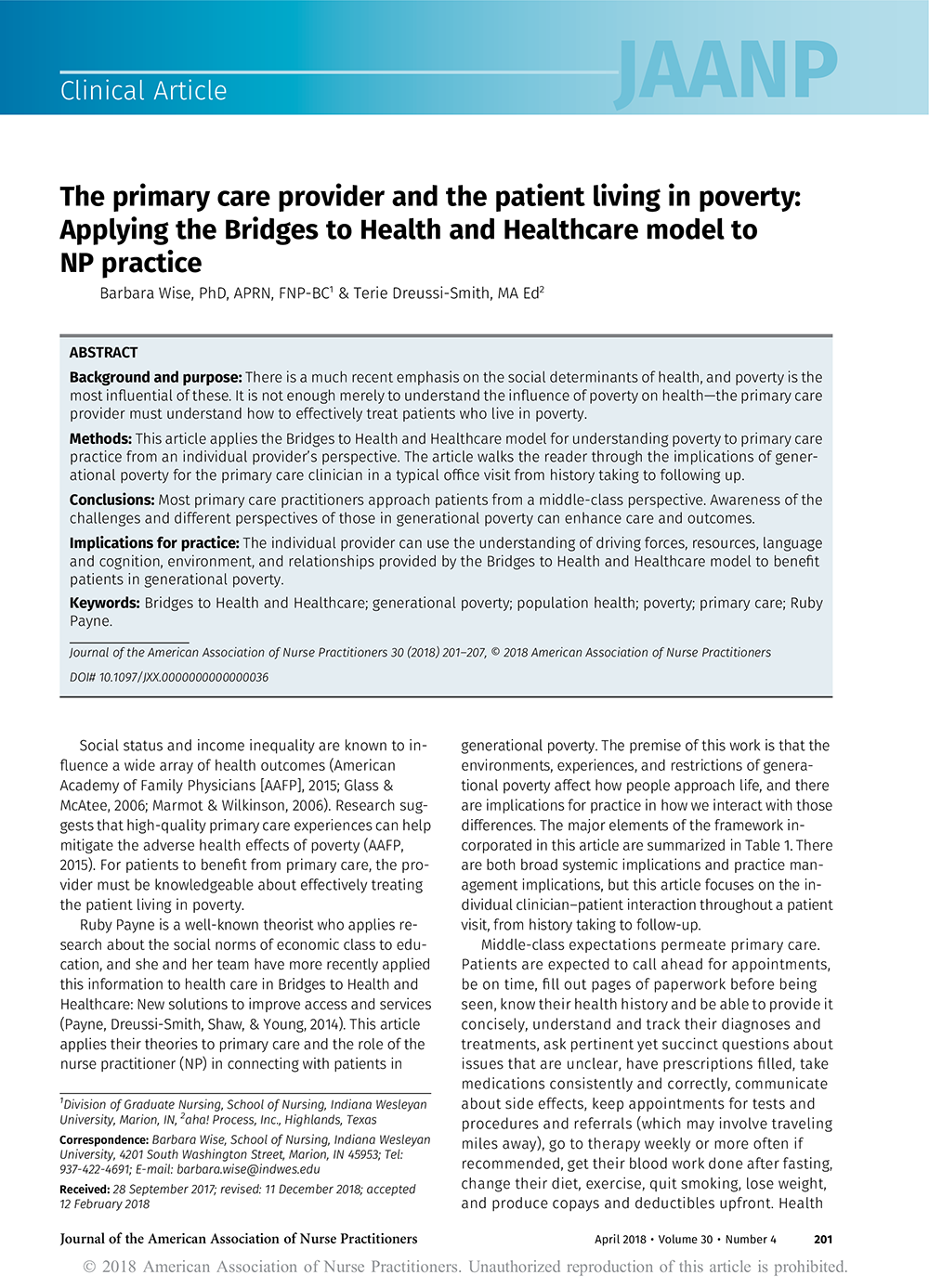 Bridges coauthor on primary care in JAANP
Bridges coauthor on primary care in JAANP
Bridges to Health and Healthcare coauthor and aha! Process consultant Terie Dreussi-Smith collaborated on a journal article last year. The one-year embargo has ended, and we are now pleased to be able to offer the article to the public via our website.
ABSTRACT
Background and purpose: There is much recent emphasis on the social determinants of health, and poverty is the most influential of these. It is not enough merely to understand the influence of poverty on health—the primary care provider must understand how to effectively treat patients who live in poverty.
Methods: This article applies the Bridges to Health and Healthcare model for understanding poverty to primary care practice from an individual provider’s perspective. The article walks the reader through the implications of generational poverty for the primary care clinician in a typical office visit from history taking to following up.
Conclusions: Most primary care practitioners approach patients from a middle-class perspective. Awareness of the challenges and different perspectives of those in generational poverty can enhance care and outcomes.
Implications for practice: The individual provider can use the understanding of driving forces, resources, language and cognition, environment, and relationships provided by the Bridges to Health and Healthcare model to benefit patients in generational poverty.
Keywords: Bridges to Health and Healthcare; generational poverty; population health; poverty; primary care; Ruby Payne.
Wise, B., & Dreussi-Smith, T. (2018). The primary care provider and the patient living in poverty: Applying the Bridges to Health and Healthcare model to NP practice. Journal of the American Association of Nurse Practitioners, 30, 201–207. doi:10.1097/JXX.0000000000000036

